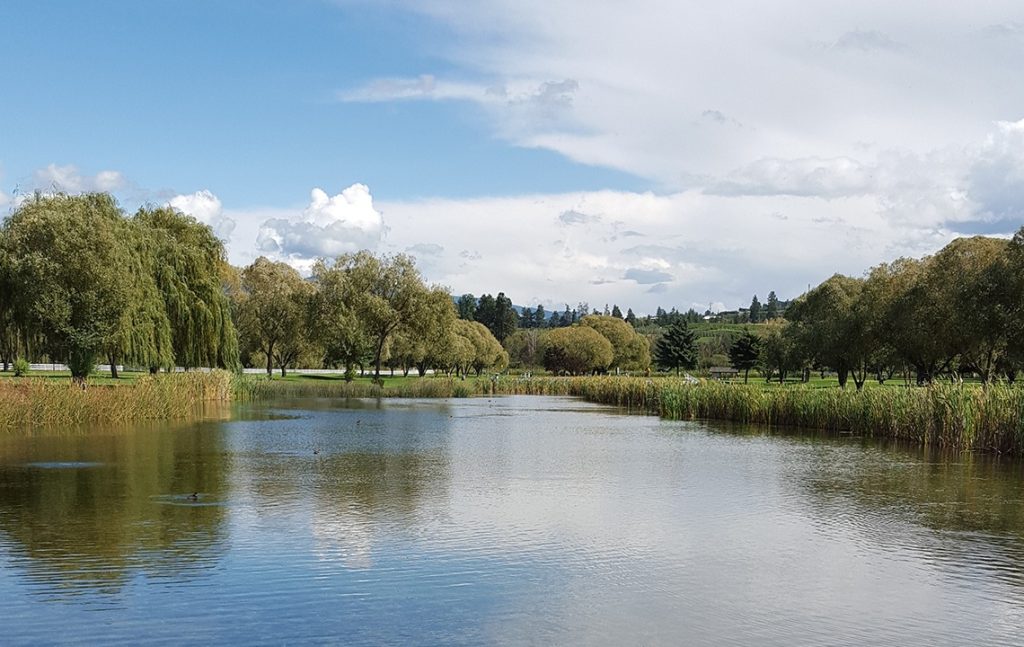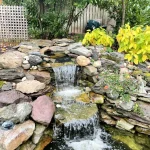Having a beautiful pond in your backyard can be a serene and relaxing addition to your outdoor space. However, keeping the pond water clean and clear is essential for the health of your aquatic life and the overall aesthetic appeal of your pond. While there are many chemical treatments available to clean pond water, opting for natural methods can be more environmentally friendly and sustainable. Here are some effective ways to clean pond water naturally:
1. Aquatic Plants
Introducing aquatic plants to your pond can help in naturally filtering the water and keeping it clean. Plants like water lilies, lotus, and hornwort can absorb excess nutrients, algae, and other pollutants from the water, thus improving water quality. Additionally, these plants provide oxygen during the day and help in maintaining a balanced ecosystem in the pond.
2. Barley Straw
Barley straw is a natural and effective way to control algae growth in ponds. When barley straw breaks down in water, it releases compounds that inhibit the growth of algae, keeping the water clear. You can place barley straw in a mesh bag and float it in the pond to allow it to decompose gradually and prevent algae blooms.
3. Beneficial Bacteria
Beneficial bacteria play a crucial role in maintaining a healthy pond ecosystem. These bacteria help in breaking down organic matter such as fish waste, uneaten fish food, and dead plant material, preventing the accumulation of sludge at the bottom of the pond. Adding beneficial bacteria regularly can improve water clarity and reduce odors in the pond.
4. Aeration
Aeration is vital for maintaining good water quality in ponds. Installing a fountain, waterfall, or aerator can help in increasing oxygen levels in the water, promoting the growth of beneficial bacteria, and preventing stagnation. Proper aeration also helps in circulating the water and reducing the risk of algae growth and mosquito breeding.

Credit: www.youtube.com
5. Remove Debris
Regularly removing debris such as leaves, twigs, and other organic matter from the surface of the pond can prevent the accumulation of nutrients that contribute to algae growth. Use a pond skimmer or net to skim off debris and keep the water surface clean. This simple maintenance task can significantly improve water clarity and quality.
6. Ultraviolet (UV) Clarifiers
UV clarifiers are effective in controlling green water caused by algae blooms in ponds. These devices use ultraviolet light to kill algae cells, preventing them from multiplying and causing water discoloration. UV clarifiers are safe for fish and other aquatic life and can be a useful addition to your pond to maintain water clarity.
7. Rainwater Harvesting
Using rainwater to top up your pond can help in diluting nutrient concentrations and reducing the risk of algae growth. Collecting rainwater in a barrel or tank and using it to replenish pond water can be an eco-friendly way to maintain water quality. Make sure to filter the rainwater before adding it to the pond to avoid introducing contaminants.
8. Natural Filtration Systems
Consider incorporating natural filtration systems such as bog filters, wetlands, or gravel beds into your pond design. These systems utilize plants and beneficial bacteria to filter out impurities and help in maintaining a healthy balance in the pond ecosystem. Natural filtration can improve water quality and reduce the need for chemical treatments.
9. Maintain Balance
It is essential to maintain a balance in your pond ecosystem to ensure clean and clear water. Avoid overstocking fish, overfeeding, and excessive use of fertilizers as these can lead to nutrient buildup and water quality issues. Monitor water parameters regularly and make adjustments as needed to keep your pond in optimal condition.

Credit: www.btlliners.com
10. Regular Monitoring
Regularly monitoring the water quality of your pond is crucial for identifying any issues early on and taking corrective actions. Use water testing kits to check parameters such as pH, ammonia levels, and dissolved oxygen regularly. By staying proactive and addressing water quality issues promptly, you can ensure a healthy and thriving pond environment.
By incorporating these natural methods for cleaning pond water, you can maintain a beautiful and healthy pond ecosystem without relying on harsh chemicals. Embracing sustainable practices and working in harmony with nature will not only benefit your pond but also contribute to the overall well-being of the environment.





